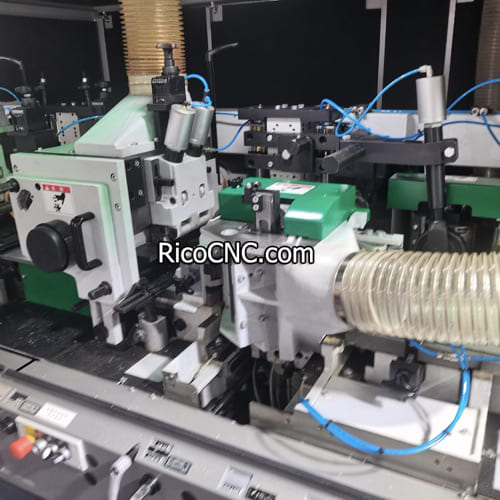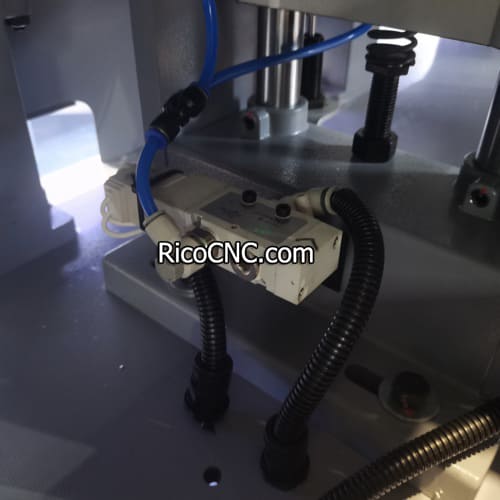
Why Is My Solenoid Valve Not Working?
Solenoid valves are vital in industrial automation, controlling the flow of gases or liquids in systems. However, like any mechanical or electronic device, they can encounter issues. If your solenoid valve is not working as expected, there could be several underlying reasons, ranging from power supply problems to issues with the solenoid coil or internal blockages. This comprehensive guide will help you troubleshoot and identify common causes of solenoid valve malfunctions, offering practical solutions to get your system up and running smoothly.
What is a Solenoid Valve?
A solenoid valve is an electromechanical valve used to control the flow of fluids or gases. It utilizes an electromagnetic solenoid coil to move a plunger, opening or closing the valve as needed. These valves are commonly used in automation applications for their efficiency and reliability.
Components: The main parts include the solenoid coil, valve body, plunger, and spring.
Applications: Used in pneumatic systems, hydraulic systems, and industrial fluid control.
Common Uses
Irrigation Systems: To control water flow.
HVAC: To regulate air or refrigerant.
Medical Equipment: To control gases or liquids precisely.
For a deeper understanding of how solenoid valves work and their applications, consider exploring related products such as the SV610 SYM Solenoid Valve.
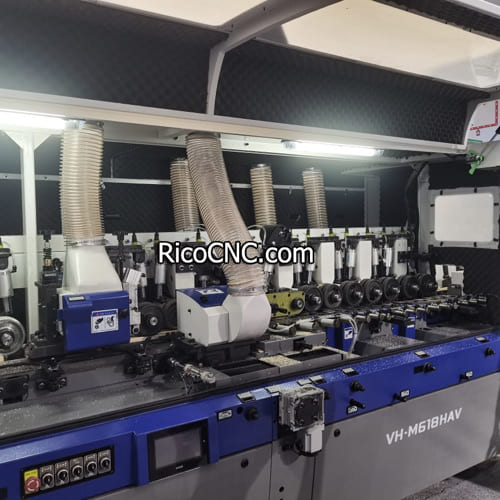
Common Issues with Solenoid Valves
1. Electrical Issues
The solenoid coil is an essential component, and electrical problems are among the most common issues that cause a solenoid valve to stop working.
No Power Supply: Ensure the valve is receiving the required voltage. A faulty or disconnected power supply can prevent the valve from operating.
Burned-Out Coil: The solenoid coil can burn out if it is continuously energized or if there is a power surge. Use a multimeter to check the coil’s resistance.
Loose Connections: Verify that all electrical connections are properly secured.
Solutions
Check Voltage: Ensure that the correct voltage is being applied—often 24V DC or 230V AC.
Replace Coil: If the coil is burned out, replace it with one of the same specifications.
For more on solenoid coils, refer to the 1824210260 AVENTICS Solenoid Valve Solenoid Coil BOBINE.
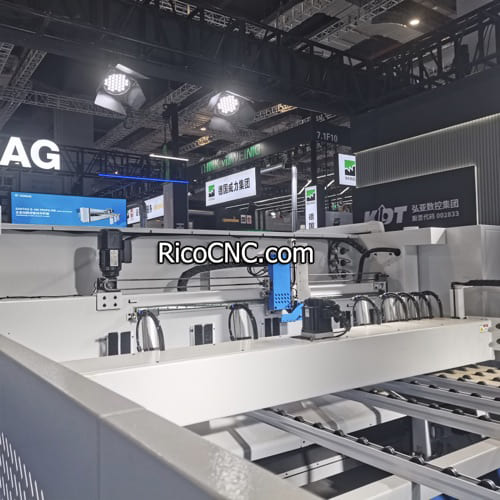
Valve Stuck in Position
2. Mechanical Blockages
Another common issue is mechanical blockage. Dirt, debris, or corrosion can obstruct the movement of the plunger or orifice, preventing the valve from opening or closing fully.
Debris: Solenoid valves, especially those used in dirty environments, can accumulate debris, blocking the internal pathways.
Corrosion: Metal components can corrode over time, particularly when handling water or aggressive chemicals.
Spring Failure: The spring inside the valve may weaken or break, preventing proper movement.
Solutions
Clean the Valve: Disassemble the valve carefully, clean all components, and remove any obstructions.
Replace Damaged Parts: If any parts, like the spring, are broken or corroded, replace them with suitable components.
For cleaning techniques and more insights, check out the 2241.52.00.39.02 Pneumax Pneumatic Solenoid Valve.
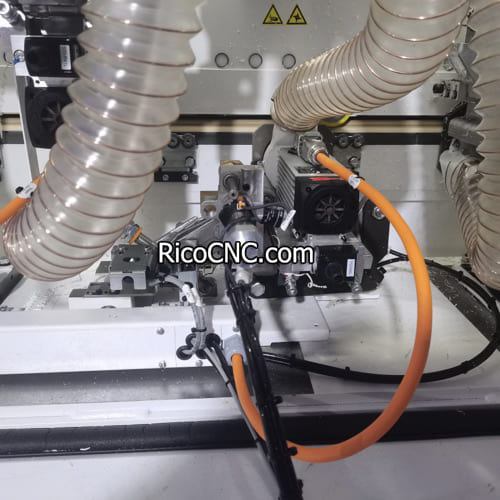
Troubleshooting Power Issues
3. Incorrect Voltage Supply
Solenoid valves require a specific voltage supply to function correctly. If the voltage is too low or too high, the solenoid coil may not create enough magnetic force to operate the plunger, leading to operational issues.
Low Voltage: Insufficient voltage may cause the coil to overheat or not generate enough force to actuate the valve.
High Voltage: Excessive voltage can damage the coil, leading to a failure.
Solutions
Check Voltage Levels: Use a multimeter to verify the voltage supplied matches the requirements stated by the manufacturer.
Stabilize Power Supply: Ensure that the power source is stable, with no significant fluctuations that could impact the valve’s performance.
For a high-quality solenoid valve suited for diverse applications, consider the R412007184 AVENTICS Filter Pressure Regulator Series AS3.
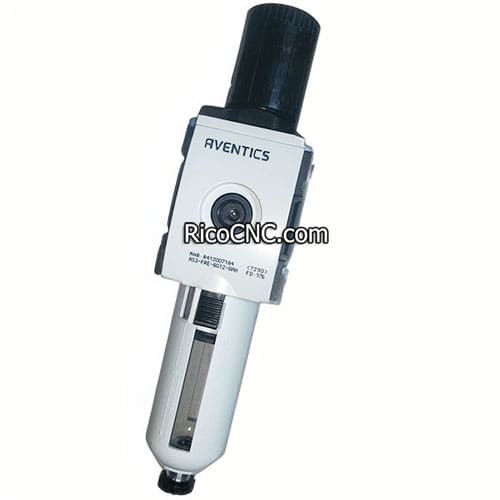
Overheating of the Solenoid Coil
4. Continuous Energizing
If the solenoid coil is continuously energized, it can lead to overheating, potentially burning out the coil and rendering the valve inoperative.
Overheating Signs: The valve may be warm to the touch, or you might notice a burnt smell.
Improper Duty Cycle: Ensure the valve is not being energized longer than recommended. Most valves are not meant for continuous duty.
Solutions
Install Heat Sinks: Adding heat sinks or ensuring proper ventilation can help dissipate excess heat.
Choose the Right Valve: Opt for a continuous duty solenoid valve if the application demands extended periods of energizing.
Check out the 5794970220 Aventics Solenoid Valve Serie 579 Pneumatic Directional Control Valves, which are designed for efficient operation in demanding conditions.
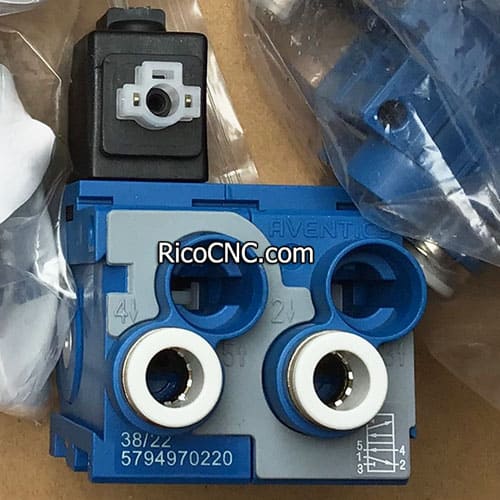
Solenoid Valve Not Opening
5. Incorrect Installation
Incorrect installation, such as improper orientation or incorrect piping, can prevent the valve from working as intended.
Flow Direction: Solenoid valves are often unidirectional, meaning they must be installed with the correct flow direction as indicated by the arrow on the valve body.
Improper Fittings: Tight fittings that over-compress can damage internal components, leading to malfunction.
Solutions
Verify Orientation: Ensure the valve is installed in accordance with the manufacturer’s instructions, with the flow arrow correctly aligned.
Avoid Over-Tightening: Properly tighten fittings without using excessive force that could damage components.
For valves designed with ease of installation in mind, see the 5796800220 Aventics Solenoid Valve 5 2 Directional Control Valve.
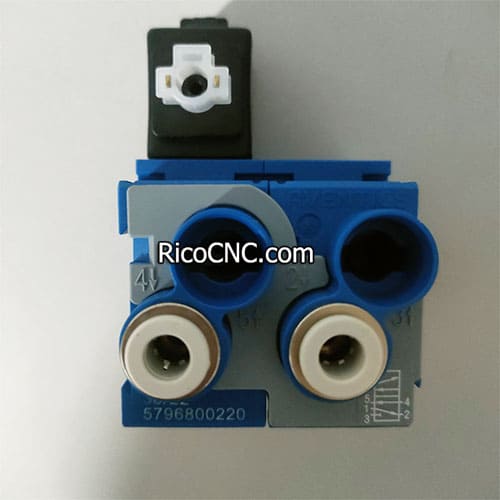
Air in the System
6. Air Bubbles Causing Issues
If there is air trapped inside the hydraulic or pneumatic system, it can cause irregular valve operation, leading to the solenoid valve failing to open or close as required.
Symptoms: The valve may behave unpredictably or not operate at all.
Cause: Air may enter the system during maintenance or through loose fittings.
Solutions
Bleed the System: Ensure all air is bled from the system to maintain proper operation.
Regular Maintenance: Periodically check the system for leaks that could introduce air.
Frequently Asked Questions About Solenoid Valves
1. Why is my solenoid valve making a buzzing noise?
A buzzing noise is often due to inconsistent voltage or loose components within the solenoid coil. Check the voltage supply and secure all connections.
2. How do I know if the solenoid coil is burned out?
Use a multimeter to measure the coil’s resistance. If there is no reading or it shows infinite resistance, the coil is likely burned out.
3. Can a solenoid valve be installed in any orientation?
Some solenoid valves are position-sensitive and need to be installed in the orientation specified by the manufacturer. Incorrect installation may prevent them from functioning.
4. How can I prevent debris from blocking ?
Regular filter maintenance and ensuring clean fluid is used can help prevent debris buildup, reducing blockages and prolonging valve life.
Conclusion
Solenoid valves are an essential part of many automation and fluid control systems. Troubleshooting issues such as electrical faults, mechanical blockages, and overheating can help ensure reliable operation. Regular maintenance, correct installation, and choosing the right valve for your specific application are key factors in preventing issues. If you’re experiencing persistent problems or need help selecting the right solenoid valve, don’t hesitate to reach out. We provide a wide range of solutions and products to meet your needs and keep your systems functioning smoothly.
